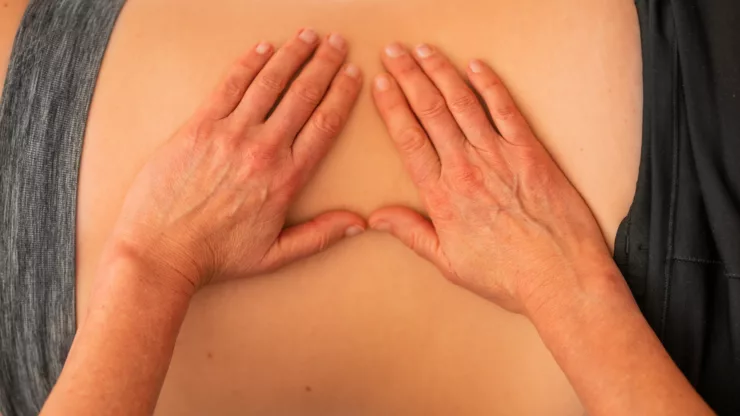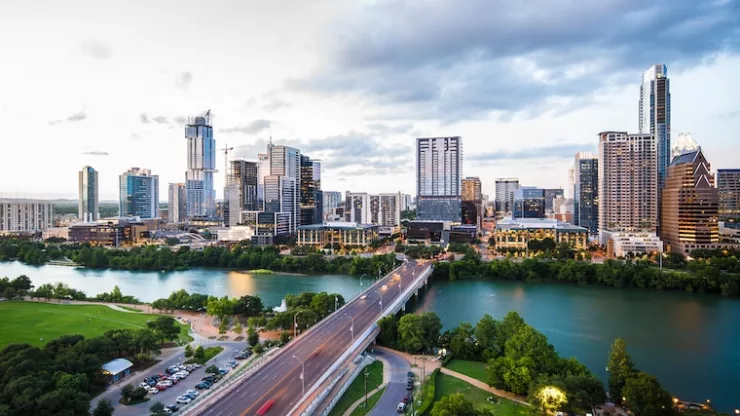Jump to Section
Life in a City Bird Rehab Center: Overview
City bird rehabilitation centers are crucial in providing medical care and shelter to birds that are injured, sick, or orphaned.
These centers are dedicated to rehabilitating and releasing the birds back into their natural habitat.
The life of a bird in a rehabilitation center can be a challenging one, but it is filled with compassion, care, and dedication from the staff and volunteers.
Daily Operations and Procedures for Birds
The daily operations and procedures for birds in rehabilitation centers are designed to help them recover and return to their natural environment as soon as possible.
The following are some of the daily operations and procedures for birds in a city bird rehab center:
- Intake: When birds are brought into the center, they are evaluated by the staff to determine their condition and needs. The staff will then create a treatment plan specifically tailored to the bird’s needs.
- Medical Care: Birds in rehabilitation centers receive medical care such as wound treatment, medication, and physical therapy from veterinarians and trained staff.
- Housing: Birds are housed in cages or aviaries that simulate their natural habitat. The size of the enclosure depends on the size of the bird and its rehabilitation needs.
- Diet and Nutrition: Birds are provided with a specific diet to meet their nutritional needs. The diet may include live prey, fruits, vegetables, and insects.
Journey to Recovery: Stories of Success
The journey to recovery for birds in a rehabilitation center can be a long and challenging one. However, it is also filled with hope and success stories.
Some of the successful stories of birds that have been rehabilitated and released back into the wild include:
- Bald Eagles: Bald eagles are one of the most iconic birds in North America, and they are also one of the success stories of rehabilitation centers. In 1963, there were only 417 nesting pairs of bald eagles in the contiguous United States. Today, there are more than 10,000 nesting pairs thanks in part to rehabilitation centers.
- Ospreys: Ospreys are another bird that has benefited from rehabilitation centers. In 1972, the use of the pesticide DDT had caused the population of ospreys to plummet. Today, ospreys are abundant thanks in part to rehabilitation centers.
- Penguins: Penguins are not native to North America, but they are still a success story of rehabilitation centers. In 2000, a group of African penguins were oiled by a spill in South Africa. They were rehabilitated and released back into the wild.
Staff and Volunteers: A Team of Compassion
The staff and volunteers in a rehabilitation center play a crucial role in the rehabilitation and recovery of birds.
They are passionate about their work and are dedicated to the well-being of the birds.
Some of the roles of the staff and volunteers include:
- Veterinarians: Veterinarians who specialize in avian medicine play a crucial role in the medical care of the birds.
- Rehabilitation Specialists: Rehabilitation specialists work with the birds to provide physical therapy and other specialized treatments to help them recover.
- Volunteers: Volunteers play a crucial role in the day-to-day operations of the center. They help with feeding, cleaning, and other tasks.
FAQ
-
What types of birds are rehabilitated in a city bird rehab center?
A: City bird rehab centers rehabilitate a wide variety of birds, including raptors, waterfowl, songbirds, and seabirds. -
How do birds end up in a rehabilitation center?
A: Birds are brought to rehabilitation centers by concerned citizens, animal control officers, or other wildlife organizations. -
Can I visit a city bird rehabilitation center?
A: Some bird rehabilitation centers offer public tours and educational programs.However, because the birds are in rehabilitation, access to the birds is usually limited.
-
How can I support a city bird rehabilitation center?
A: You can support a city bird rehabilitation center by volunteering, donating funds or supplies, or attending fundraising events.
I’m a nature enthusiast and creator of Metro Wilds and have spent years exploring the great outdoors.
With a passion for environmental conservation and sustainability, I have dedicated my career to writing about the beauty and wonders of nature, as well as the threats facing our planet.
Contact me at [email protected] for assistance.





